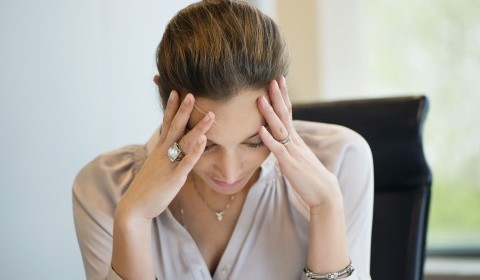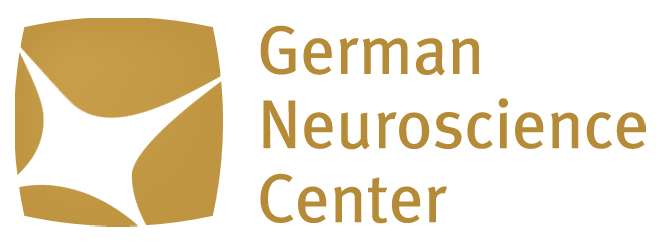
POLYSOMNOGRAPHY
Sleep disorders are becoming a global problem these days. More and more patients come to our GNC Center in Dubai Healthcare City complaining “I can’t sleep!” “I’m always feeling tired”. Our neurologists at GNC know how to deal with these problems.
Thanks to modern technology, Polysomnography was discovered and is considered to be a powerful tool to diagnose sleep disorders. Polysomnography is a comprehensive recording of physiological changes that occur during sleep such as brain waves, oxygen level in the blood, heart rate and breathing rate as well as eye and leg movement. It is used to diagnose or rule out many types of sleep disorders, including Narcolepsy, Restless legs movements, REM behavior, Parasomnias and sleep apnea. This procedure is often requested or ordered for patients with frequent complaints of excessive daytime fatigue .nd severe sleepiness that may be caused by interrupted sleep.
How to Prepare for the Test
There are no major preparations necessary. The patient is advised not to take any sleep medicine or drink alcohol or caffeinated beverages prior to this test.
Risk factor:
Polysomnography is a non invasive procedure. There is no risk, except maybe some skin irritation caused by the adhesive used to attach the sensors to the skin. It is therefore a fabulous procedure for children too.
Mechanism:
Physiologic sensor leads are placed on the patient in order to record the following:
1. EEG (Electroencephalogram)
2. EOG (Electro-Occulogram)
3. EMG (Electromyogram)
4. ECG (Electrocardiogram)
5. Airflow (thermistor or thermocouple sensor)
6. Respiratory Effort (piezo crystal effort sensor)
7. Oxygen saturation (Pulse oximeter)
Procedure (How the Test Is Performed)
1. AT A SLEEP LABORATORY OR HOSPITAL
For the standard test, the patient comes to a sleep lab in the early evening, and over the next 1–2 hours is introduced to the setting and “wiring up” so that multiple channels of data can be recorded when he/she falls asleep. The sleep lab may be in a hospital, or in a center. A sleep technician should always be in attendance and is responsible for attaching the electrodes to the patient and monitoring the patient during the study. She must explain to the patient about the procedure to keep the patient relaxed throughout the night.
The sleep laboratory should be equipped with video cameras in the patient’s room, so that the patient can be recorded while sleeping. This allows the technician to review the tape at any time during the test and verify whether strange looking waveforms were caused by an actual arousal, a period of wake, or normal patient movements in bed.
2. AT HOME
Nowadays, neurologists may carry out home studies to enhance patient comfort and reduce expenses, which is in the best interest of any patient. The patient is given thorough instructions as to how the screening tool is used. He will then use the equipment at home in his usual sleep surroundings and return it the next day.
Most screening tools consist of an airflow measuring device (thermistor) and a blood oxygen monitoring device (pulse oximeter). They are small and easy to handle and produce excellent graphs and other results.
At the German Neuroscience Center our neurologists follow this new path and provide patients with a tool they can easily apply at home rather than putting the patient into an awkward situation at the clinic because they realize that especially in Arabic countries with prayer times and similar rules to follow, it might be difficult for the patient to carry out a sleep study outside their homes.
The patient will sleep with the screening device for at least one up to several nights, and then return the device to the neurologist.
The neurologist will retrieve data from the device and can make assumptions based on the information given, for example, a series of drastic blood oxygen desaturations during night periods may indicate some form of respiratory event (apnea). At a minimum, the equipment will monitor the oxygen saturation.
Summary:
Polysomnography (PSG) has proved to be a convincing tool for enhancing our understanding of sleep and its disorders. It is an essential diagnostic procedure to clarify the causes of sleep disorders thus enabling the neurologist to determine an appropriate form of treatment.
Ideally, and in accordance with international guidelines, sleep studies will be carried out by neurologists in close cooperation with an ENT specialist in such cases where first results point at a serious disease, as is standard at the German Neuroscience Center GNC.
Evaluation of sleep disorders must be made more readily available to the hundreds of thousands of patients with sleep disorders who still lack diagnosis and treatment. Lack of sleep or permanently disturbed sleep will lead to reduced concentration and failing personal efficiency. This will not only gravely affect the patients’ private lives but also their daily working capacity.
Sleep disorders, if not analyzed and left untreated, may lead to dangerous, even fatal, situations and social decline by, for instance, losing one’s job. Today, thanks to Polysomnography, nobody has to take such risks, since our neurologists, psychiatrists and psychologists at the German Neuroscience Center know of many ways how to treat sleep disorders adequately after having analyzed and diagnosed the causes thoroughly.
Soraya Waradij, B.Sc.
Neurophysiologist
German Neuroscience Center, DHCC, Dubai
References:
1. Collop NA, Anderson WM, Boehlecke B, et al. Clinical guidelines for the use of unattended portable monitors in the diagnosis of obstructive sleep apnea in adult patients. Portable Monitoring Task Force of the American Academy of Sleep Medicine. J Clin Sleep Med . 2007;3:737-747.
2. Personal communication: Michael E. Garrison RSPGT, Supervisor Sleep Disorders Center KUMC.
3. Rechtschaffen, Allan. Kales, Anthony. A Manual of Standardized Terminology, Techniques and Scoring System for Sleep Stages of Human Subjects. Brain Information Service/Brain Research Institute. UCLA Los Angeles, CA. 1986.
4. McDonough, James T. Stedman’s Concise Medical Dictionary. 2nd edition. Williams and Wilkins Publishers. Baltimore, MD. 1994.
5.Sheldon SH, Spire J-P, Levy HB. Pediatric Sleep Medicine. W.B. Saunders, Co. Philadelphia, PA. 1992.
6. G. Hayak E. Ruther, Insomnie Schalffosigkeit, 1995

